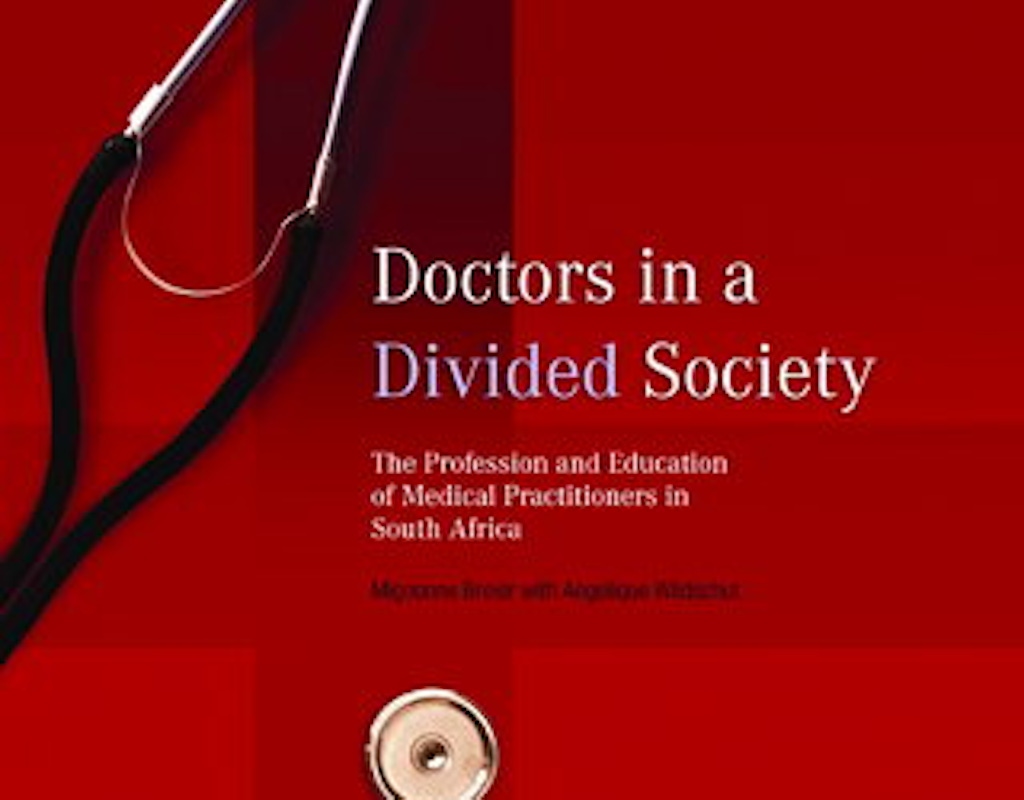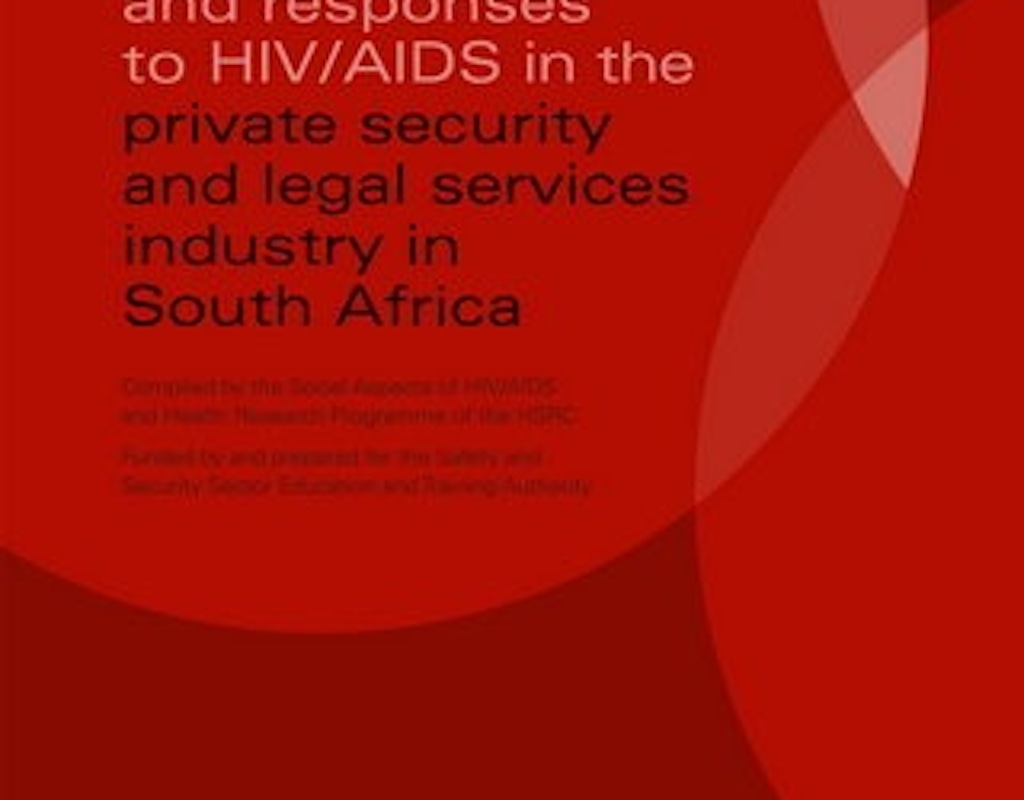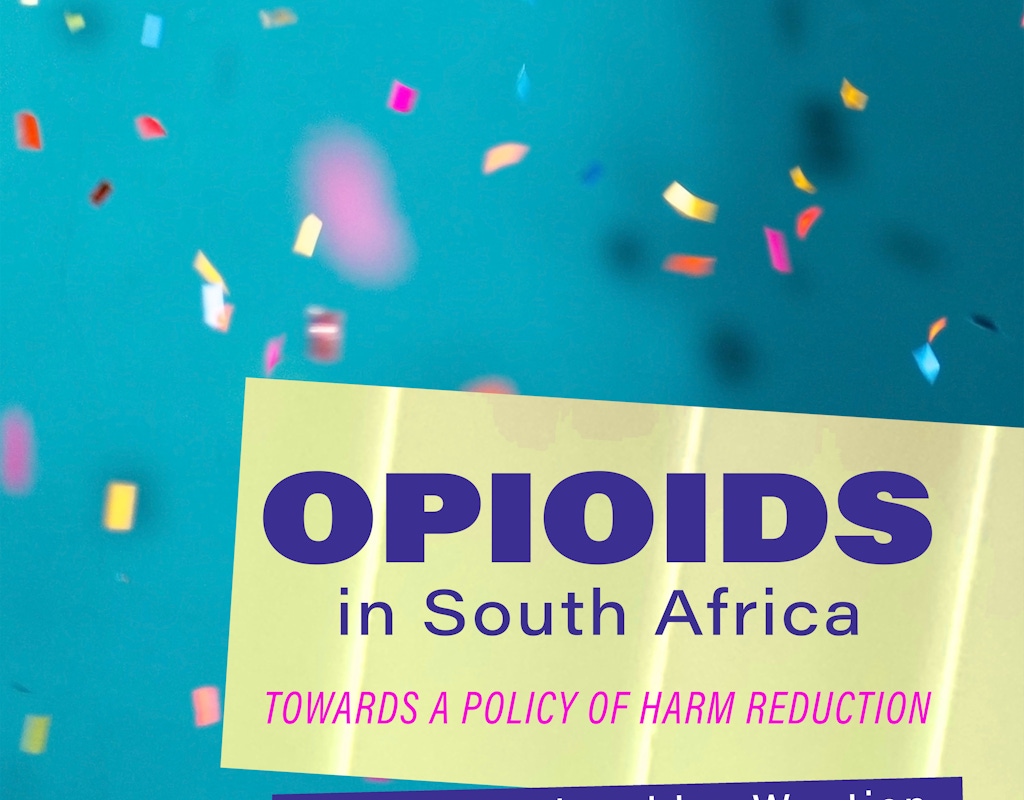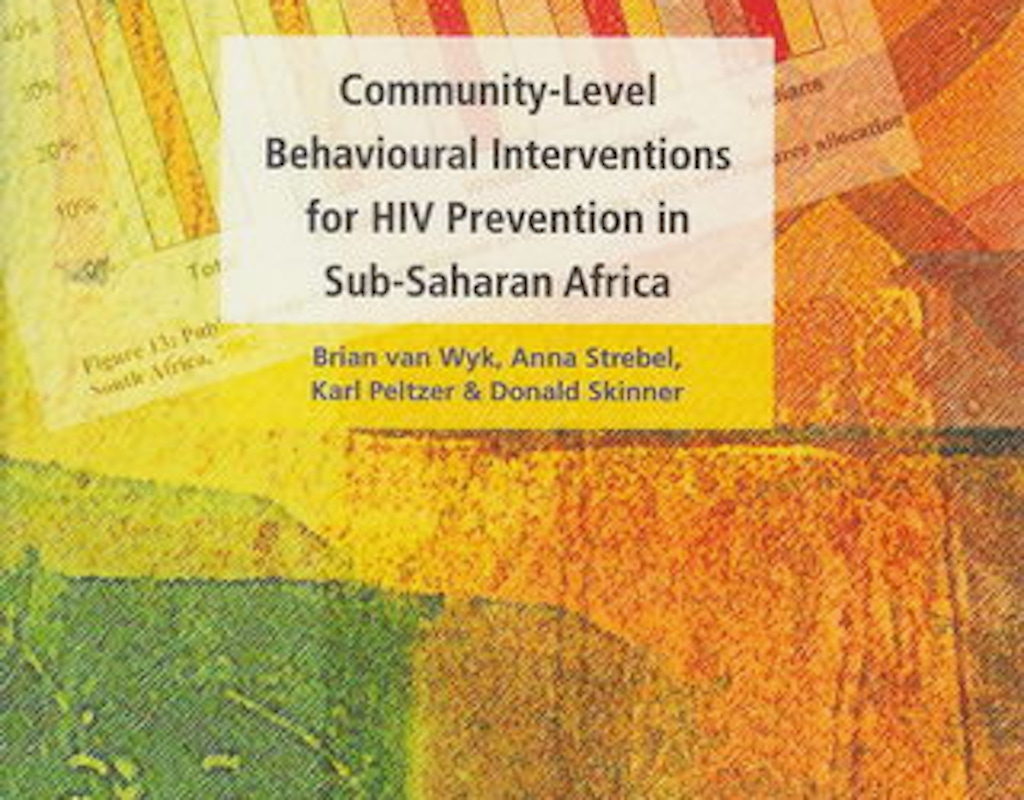
Currently 6.4 million people in South Africa live with HIV, this figure represents a quarter of the burden of HIV infections in sub-Saharan Africa and 18 per cent of the global burden. With this view, the South African National HIV Prevalence, Incidence and Behaviour Survey, 2012 is a crucial report for government, policy makers and other stakeholders as they work towards reducing the HIV epidemic in South Africa.
This 2012 HIV survey is the fourth in the series of national population-based surveys. The survey was
conducted from December 2011 to November 2012. As with previous surveys, it was designed to investigate the overall HIV prevalence, incidence and behaviour as well as social determinants that drive the epidemic. It also served to collect data to help monitor the National Strategic Plan 20072011 and set the baseline for the 20122016 NSP. This report is a must-read and essential for researchers who want to understand the HIV dynamics in South Africa.
Product information
List of Tables
List of Figures
Foreword
Acknowledgements
Contributors
List of Acronyms and Abbreviations
Executive summary
1. INTRODUCTION
1.1 Background
1.2 Key determinants of HIV transmission
1.3 Aims and objectives
1.3.1 Aims
1.3.2 Main objectives
1.3.3 Secondary objectives
2. METHODOLOGY
2.1 Survey design
2.2 Survey population
2.3 Sampling
2.4 Sample size estimation
2.5 Measures
2.6 Ethical considerations
2.6.1 Informed consent procedures
2.6.2 Procedures to ensure confidentiality
2.6.3 Provision of HIV test results to survey respondents
2.6.4 Other ethical considerations
2.7 Fieldwork procedures
2.7.1 Survey fieldwork
2.7.2 Preparatory work
2.7.3 Training of field staff
2.7.4 Field survey
2.7.5 Specimen collection
2.7.6 Quality control of fieldwork
2.8 Community awareness
2.9 Laboratory methods
2.9.1 Specimen tracking
2.9.2 HIV antibody testing
2.9.3 Antiretroviral testing
2.9.4 HIV Incidence Testing
2.9.5 HIV incidence estimates for 2002-2012 using a mathematical model
2.10 Weighting of the sample
2.11 Data management and analysis
2.11.1 Data management in the field
2.11.2 Laboratory data
2.11.3 Data entry
2.11.4 Data cleaning
2.11.5 Weighting of the sample
2.11.6 Data management and analysis
3. RESULTS
3.1 Assessment of 2012 survey data
3.1.1 Generalisability of the survey results
3.1.2 Response analysis
3.2 Validity of HIV prevalence estimates
3.3 HIV prevalence
3.3.1 Overall HIV prevalence
3.3.2 Trend analysis of HIV by province
3.3.3 HIV prevalence in children aged 2-14 years by province
3.3.4 HIV prevalence among youth aged 15 24 years
3.3.5 HIV prevalence among the reproductive age population 15-49 years
3.3.6 Trend analysis of HIV prevalence in the reproductive age population
3.3.7 HIV prevalence trends among respondents aged 25 years and older
3.3.8 HIV prevalence among persons aged 50 years and older
3.3.9 HIV prevalence in Sub-provincial levels
3.3.10 HIV by socio-demographic characteristics
3.3.11 Marital status and HIV risk
3.3.12 Key populations at higher risk of HIV exposure
3.3.13 Sero-discordance between mother and child pairs
3.3.14 Orphanhood and HIV prevalence
3.4 Antiretroviral treatment exposure
3.5 HIV incidence
3.5.1 HIV incidence estimates for 2012
3.5.2 HIV incidence estimates for 2002-2012 using a mathematical model
3.6 Male circumcision
3.6.1 Circumcision history
3.6.2 Circumcision settings
3.6.3 Male circumcision among children
3.6.4 Demand for male circumcision among those not circumcised
3.7 Behavioural determinants of HIV
3.7.1 Sexual debut
3.7.2 Age-disparate relationships
3.7.3 Multiple sexual partners
3.7.4 Condom use
3.7.5 Sexual behaviour in the Metro areas
3.8 Awareness of HIV status
3.8.1 Awareness of HIV testing sites
3.8.2 History of HIV testing
3.8.3 Recent HIV testing
3.8.4 Awareness of HIV status and HIV prevalence
3.9 Perceived susceptibility to HIV infection
3.9.1 Reasons for believing they are at low risk of contracting HIV
3.9.2 Reasons for believing they are at high risk of contracting HIV
3.9.3 Perceived personal risk of HIV infection among key populations at higher risk of HIV
3.9.4 History of HIV testing and HIV risk perception
3.10 Knowledge about HIV transmission
3.10.1 General population
3.10.2 Knowledge about HIV transmission and prevention
3.10.3 Key populations at higher risk of HIV exposure
3.11 Sources of information about and perceived seriousness of HIV and AIDS
3.12 Attitudes towards PLHIV
3.13 Orphanhood status
4. DISCUSSION
4.1 HIV prevalence
4.1.1 HIV prevalence among adults, youth and children
4.1.2 HIV prevalence by province, district, and metros
4.1.3 HIV prevalence in different race groups
4.1.4 HIV and marital status
4.1.5 HIV prevalence differences by locality
4.1.6 HIV among the key populations at higher risk of HIV exposure
4.2 Antiretroviral exposure
4.3 HIV Incidence
4.4 Sero-discordance among mother and child pairs
4.5 Male circumcision
4.6 Behavioural determinants of HIV
4.6.1 Risk perception and risk of HIV infection
4.6.2 Sexual debut before the age of 15
4.6.3 Age-disparate relationships
4.6.4 Awareness of HIV status and HIV testing
4.6.5 Knowledge of HIV prevention and risk perception
4.6.6 Condom use
4.6.7 Multiple sexual partners
4.6.8 Attitudes towards PLHIV
4.7 Orphanhood
4.8 Comparisons between the 2012 HSRC Survey and other national HIV and AIDS surveys conducted in SA
4.9 Strengths and limitations of the survey
4.9.1 Strengths
4.9.2 Limitations
5. CONCLUSIONS AND RECOMMENDATIONS
5.1 Conclusions
5.1.1 HIV prevalence has increased substantially
5.1.2 Different key populations at higher risk of HIV exposure present a major source of
5.1.3 Living together but not married (that is, co-habiting) is associated with high HIV prevalence
5.1.4 Antiretroviral treatment (ART) exposure
5.1.5 HIV incidence rates remain at high levels
5.1.6 Some people believe that they are not at risk of HIV infection
5.1.7 HCT programmes increased awareness of HIV status
5.1.8 Risk behaviour has increased
5.1.9 Knowledge about sexual transmission of HIV is low
5.1.10 VMMC is slowly increasing
5.1.11 HIV prevalence remains high for residents of informal settlements
5.1.12 Attitudes towards PLHIV have remained stable
5.1.13 Orphanhood is stable
5.2 Recommendations
5.2.1 There is a need for an evidence-based, diversified and comprehensive multi-sectoral response
5.2.2 Further strengthen and encourage HCT
5.2.3 Encourage consistent condom use and monogamy
5.2.4 Key populations at higher risk of HIV exposure need targeted with evidence-based
5.2.5 Encourage monogamy
5.2.6 Encourage the social unacceptability of age-disparate relationships
5.2.7 Increase the demand for VMMC
5.2.8 Promote HIV prevention in both urban and rural informal settlements
6. REFERENCES
7. APPENDICES
Appendix 1: Assessment of the validity of HIV prevalence estimates. South Africa 2012
Appendix 2: Performance on UNGASS Indicators
Appendix 3: PMTCT program impact indicators



